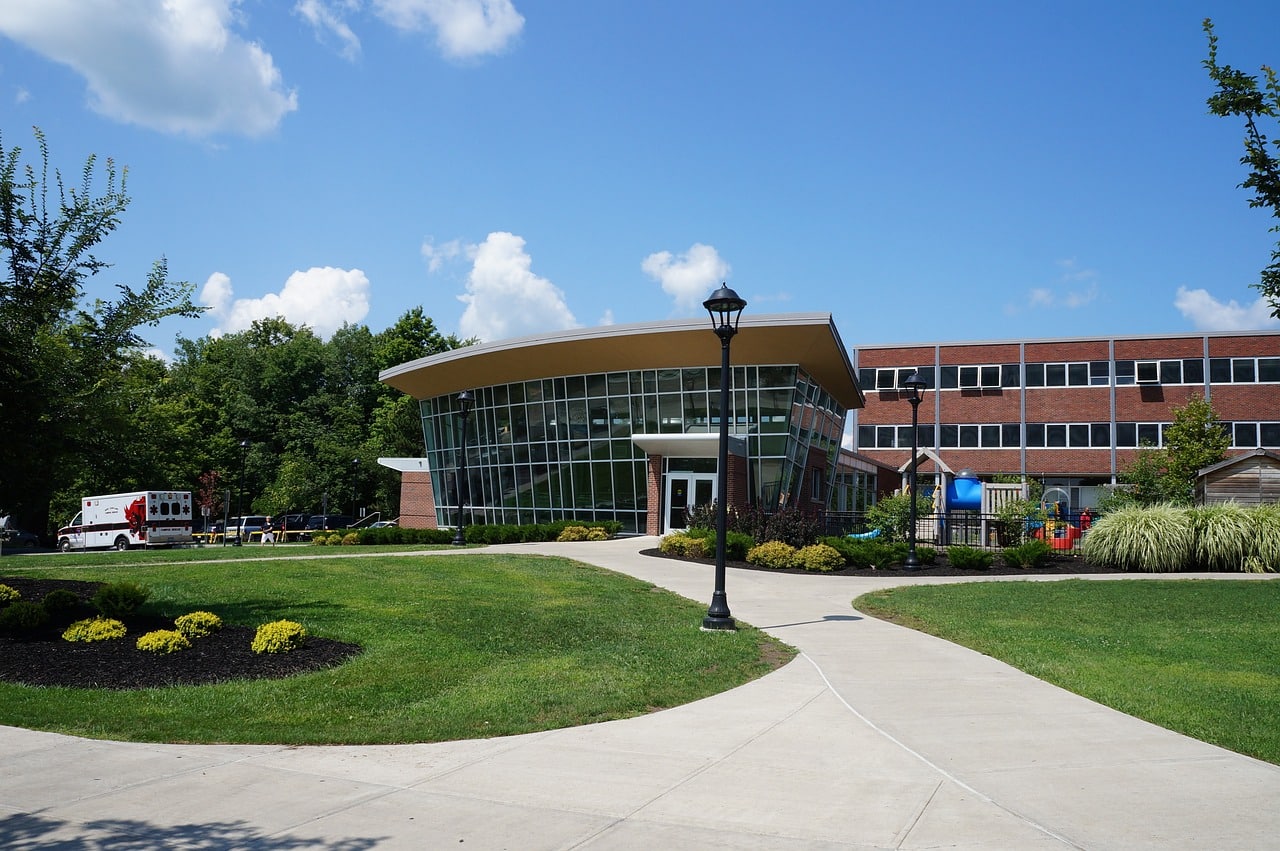Infrastructure development and entrepreneurship are key drivers for economic progress in most countries worldwide. These two factors work hand in hand to propel growth and development and to lift millions of people out of poverty. In this blog post, Daryl Attipoe will explore how infrastructure development and entrepreneurship impact economic progress, their challenges, and how they can be harnessed to create a sustainable and prosperous future for all.
Infrastructure Development
Infrastructure development refers to the construction of physical structures like buildings, roads, bridges, and other amenities that are necessary for economic growth and development. The importance of infrastructure cannot be overemphasized, as it provides essential services like transportation, communication, and access to necessary resources.
A well-developed infrastructure can attract foreign investors, create jobs, and improve people’s living standards in a given society. In developing countries, inadequate infrastructure represents one of the most significant barriers to economic development. Governments, as well as the private sector, have a crucial role to play in developing infrastructure. In many cases, Public-Private Partnerships (PPPs) are used to finance infrastructure projects, allowing the private sector to invest in these much-needed projects.
Entrepreneurship
Entrepreneurship is the process of creating a business that drives innovation, creates jobs, and generates wealth. It is the modern economy’s backbone and a key driver for economic growth and development. Entrepreneurs can identify market gaps, introduce new products and services, and improve existing ones, leading to high profit margins, increased sales, and improved economic performance.
In most developing countries, the private sector is the engine of growth, and entrepreneurship is the key driver of this growth. Entrepreneurship encourages innovation and creativity, which can propel economic growth when combined with adequate infrastructure.
Challenges Faced
Both infrastructure development and entrepreneurship face significant challenges that hinder their ability to drive economic progress effectively. Infrastructure development requires significant funding, which is often unavailable, especially in low-income countries. Government corruption and lack of political will can also stifle progress. Even when the funding is available, inadequate maintenance can lead to substandard infrastructure that fails to deliver on its promises.
On the other hand, entrepreneurship faces significant challenges such as inadequate financing, lack of skills, and regulatory barriers that hinder entry into new markets. Access to credit and a supportive policy environment are critical for entrepreneurs who want to start or grow their businesses.
Additionally, both infrastructure development and entrepreneurship face environmental challenges. Infrastructure projects can significantly impact the environment, and entrepreneurs must balance profit-making with sustainability to ensure long-term economic progress.
Harnessing Infrastructure Development And Entrepreneurship For Economic Progress
Governments must work hand in hand with private entities to address the challenges that infrastructure development and entrepreneurship face. This requires significant investment in infrastructure and creating an enabling environment for entrepreneurs to thrive.
Governments should create inclusive policies, regulations, and incentives that encourage entrepreneurship to flourish. Governments should also provide access to financing to entrepreneurs by either relaxing the strict lending requirements or providing venture capital for start-ups.
In addition, the private sector can play an instrumental role in working with governments to finance infrastructure projects, particularly in developing countries. By collaborating, the government and private entities can help create an environment that fosters entrepreneurship and uses infrastructure as a catalyst for economic progress.
Conclusion
Infrastructure development and entrepreneurship are two key drivers of economic progress. Their benefits can be harnessed through collaboration between the private sector and governments to create an environment that fosters innovation, economic growth, and development. Investing in infrastructure and creating an enabling environment for entrepreneurship can unlock economic potential and lift millions out of poverty. While the challenges faced are significant, they can be overcome with dedication, commitment, and effective collaboration. Governments and the private sector must work together to tackle these challenges to drive economic progress and create a sustainable, prosperous future for all.



